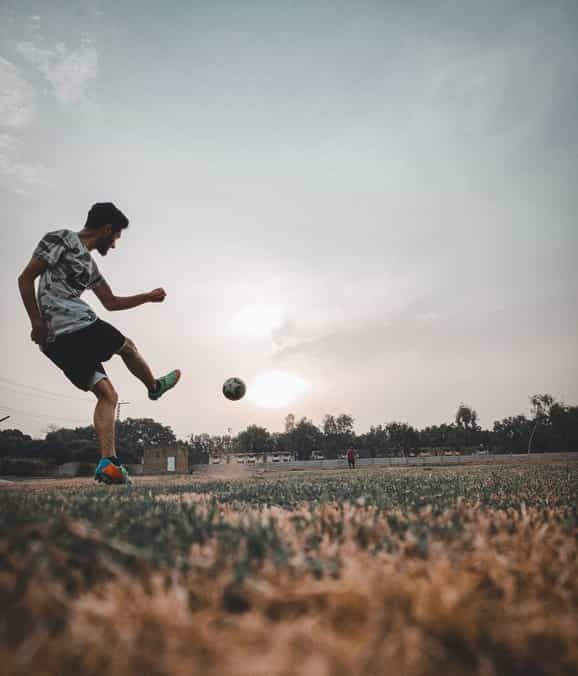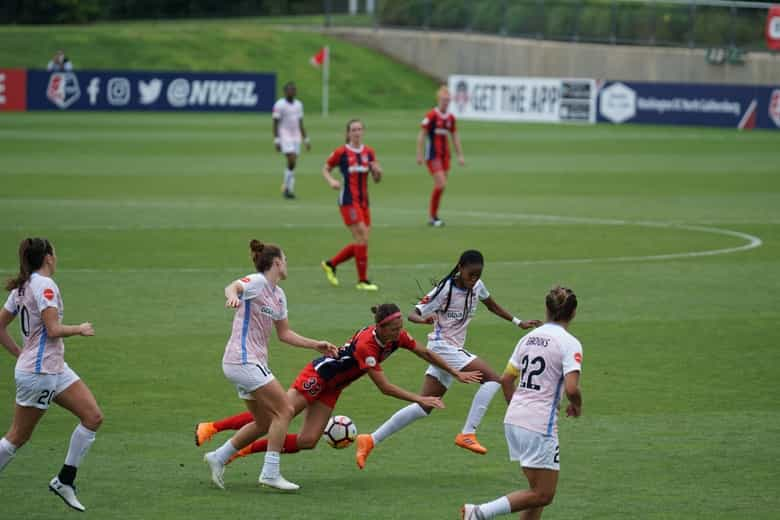Soccer is a physically demanding sport that requires a high level of fitness and conditioning. Players need to be able to run for long distances, perform explosive movements, and maintain their focus and intensity over the course of a match. To achieve this level of fitness, soccer players engage in a variety of training and preparation techniques that are grounded in scientific research and best practices.
One of the key components of soccer fitness is cardiovascular conditioning. Players need to have a high level of aerobic fitness to be able to run for long periods of time without experiencing fatigue. To achieve this, players engage in cardiovascular exercises such as running, cycling, and rowing, often incorporating interval training to improve their speed and endurance.
Strength training is also an important component of soccer fitness. Players need to have strong muscles and joints to be able to perform explosive movements such as jumping, sprinting, and tackling. Strength training exercises such as squats, deadlifts, and lunges can help to build the muscles needed for these movements, while also improving overall power and agility.
In addition to cardiovascular and strength training, soccer players also engage in specific drills and exercises that are designed to improve their soccer skills and match performance. These can include passing and shooting drills, dribbling exercises, and tactical drills that simulate game situations.
To prepare for matches, soccer players engage in pre-match warm-ups that are designed to increase blood flow, improve mobility, and reduce the risk of injury. These warm-ups often include dynamic stretching exercises, plyometric drills, and light cardio exercises.
Nutrition is also a critical aspect of soccer fitness. Players need to fuel their bodies with the right nutrients and energy to be able to perform at their best. This includes eating a balanced diet that is rich in carbohydrates, protein, and healthy fats, as well as staying hydrated before, during, and after matches.
Finally, recovery is an important aspect of soccer fitness. Players need to give their bodies time to rest and recover after matches and training sessions to avoid injuries and to maintain their overall fitness. This can include techniques such as stretching, massage, and foam rolling, as well as getting adequate sleep and taking rest days.
If You Have It, You Can Make Anything Look Good
To further elaborate on the science of soccer fitness, it is important to note that soccer players need to have a combination of both aerobic and anaerobic fitness. While aerobic fitness is important for endurance and sustained effort during the course of the game, anaerobic fitness is crucial for explosive movements such as sprinting, jumping, and tackling. Anaerobic fitness is developed through high-intensity interval training, such as sprint drills and plyometrics, which help to improve a player’s speed, power, and explosiveness.
In addition to developing physical fitness, soccer players also need to train their minds to be able to cope with the mental demands of the sport. This includes developing focus, concentration, and mental toughness, as well as the ability to perform under pressure. Mental training techniques such as visualization, mindfulness, and goal setting can help to improve a player’s mental skills and overall performance.
Soccer fitness is also impacted by factors such as age, gender, and playing position. Younger players may require different training techniques and approaches than older players, while male and female players may have different physical and physiological needs. Similarly, players in different positions on the field may require different types of fitness and training, depending on the specific demands of their role.
Finally, technology is playing an increasing role in soccer fitness, with new tools and devices being developed to monitor and track player performance. This includes wearable fitness trackers, GPS tracking devices, and video analysis software that can provide detailed feedback on a player’s performance and help to identify areas for improvement.
Overall, the science of soccer fitness is a complex and ever-evolving field that is constantly being shaped by new research and technological advancements. By staying up-to-date with the latest best practices and techniques, soccer players and coaches can help to optimize their fitness and performance, improving their chances of success on the field.






